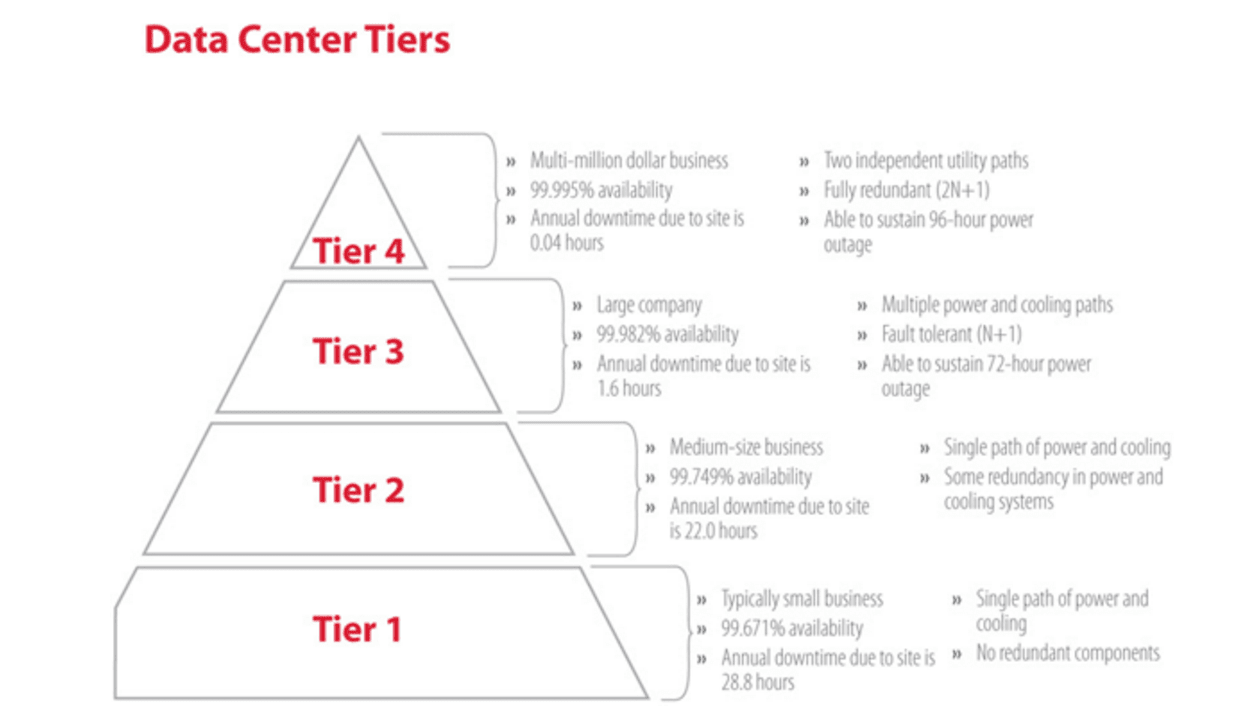Small Business Closing Employee Rights UK: Ensuring Fair Redundancy Pay
Small Business Closing Employee Rights UK: Ensuring Fair Redundancy Pay
Blog Article
Investigating the Interaction Between Firm Redundancy and Organizational Adaptability for Future Development
In the dynamic landscape these days's service world, the complex partnership in between company redundancy and business adaptability arises as a vital element for continual growth and success. Business frequently encounter the difficulty of striking a fragile balance in between maintaining a degree of redundancy to reduce threats and promoting flexibility to respond swiftly to the ever-evolving market needs. This delicate interplay holds the vital to not only surviving in stormy times however also growing in the face of unpredictability. As we explore the complex dimensions of this interaction, interesting understandings into how companies browse these complexities to pave the means for future growth wait for.
Relevance of Company Redundancy
Company redundancy is an important aspect that boosts business strength and minimizes functional threats. By including redundancy actions within the business structure, companies can better endure unexpected interruptions and changes in the organization environment. Redundancy works as a strategic buffer, allowing companies to adapt and react properly to unanticipated difficulties without endangering crucial procedures.
One secret element of the value of firm redundancy is its duty in making certain continuity throughout times of crisis. When encountered with abrupt adjustments or emergencies, redundant systems, sources, or employees can step in to maintain crucial features and stop extensive disruptions. This connection not only safeguards the business's track record and customer trust fund yet likewise minimizes economic losses and operational downtime.

Approaches for Business Flexibility

An additional important approach is buying technology and infrastructure that can sustain adaptability and scalability. Implementing digital tools, automation, and data analytics can streamline procedures, boost effectiveness, and offer beneficial understandings for informed decision-making. Furthermore, creating adaptable business frameworks that permit quick adjustments to market dynamics and customer needs is important for staying competitive in a rapidly developing atmosphere. By proactively determining potential disruptions and opportunities, organizations can proactively adapt and thrive in an ever-changing organization landscape.
Harmonizing Redundancy and Adaptability
Attaining an unified balance between functional redundancy and organizational flexibility is vital in navigating the intricacies of a dynamic business setting. Redundancy within a business provides a safeguard, ensuring connection and stability in procedures. Nevertheless, an unwanted of redundancy can cause inefficiencies and prevent versatility to changing market problems. On the various other hand, organizational flexibility enables companies to respond without delay to outside disturbances and take brand-new chances. Striking the appropriate balance in between redundancy and adaptability is a fragile process that needs a deep understanding of the company's goals, market characteristics, and danger resistance.
To attain this equilibrium, companies need to conduct regular assessments of their operations to identify areas where redundancy is required for risk mitigation and where adaptability can drive development and growth. Executing flexible structures, fostering a culture of continual understanding and renovation, and urging open interaction throughout all degrees of the company are vital approaches to integrate redundancy and flexibility successfully. By lining up these 2 important components, firms can place themselves for lasting development and success in an ever-changing company landscape.
Situation Research Studies on Adaptation Success
In checking out instances of effective business adaptation, it comes to be evident that the interaction in between functional redundancy and flexibility is a specifying variable in forming resistant companies. One engaging study is that of Netflix. Originally a DVD rental service, Netflix demonstrated exceptional versatility by transitioning into a streaming system when digitalization disrupted the market. By purposefully spending in technology and web content production, Netflix not only made it through however flourished in a rapidly click to find out more advancing market. One more standout instance is Amazon. Starting as an on-line bookstore, Amazon continually adapted its organization model, expanding right into diverse markets such as cloud computing and expert system. This versatility allowed Amazon to stay in advance of competitors and satisfy transforming consumer needs. Last but not least, Adobe offers a significant illustration of effective adjustment. The company moved from marketing software licenses to a subscription-based design, making certain repeating profits streams and enhanced customer interaction. These instance studies highlight the relevance of functional redundancy coupled with organizational versatility in cultivating lasting growth and competitiveness.
Building Durability for Future Growth
Building strength for future growth calls for a calculated alignment of functional processes with market characteristics and emerging trends. Business must adjust to changing settings by fostering a society of flexibility, technology, and constant renovation.
In addition, cultivating strong partnerships with stakeholders, such as consumers, workers, distributors, and the area, is crucial more information for preserving and weathering unpredictabilities count on and support during turbulent times. Reliable interaction and transparency play a crucial duty in building strength, as they assist help with and line up assumptions collaboration in navigating unpredictabilities.
Furthermore, organizations need to focus on understanding and development efforts to upskill staff members and outfit them with the necessary tools to adjust to transforming circumstances. By investing in their workforce, business can improve their flexibility and dexterity, ultimately strengthening their durability for sustainable future growth.
Final Thought

In the vibrant landscape of today's company globe, the elaborate partnership between business redundancy and business adaptability arises as an essential aspect for sustained growth and success. Firms typically encounter the difficulty of striking a fragile balance between keeping a level of redundancy to minimize dangers and cultivating adaptability to respond promptly to the ever-evolving market needs.To achieve this equilibrium, firms need to conduct routine assessments of their operations to recognize areas where redundancy is needed for risk mitigation and where flexibility can drive development and development.In conclusion, the interplay in between firm redundancy and organizational versatility is critical for future development. Building durability via a combination of redundancy and adaptability will pop over here make sure that firms are prepared for the challenges of the future.
Report this page